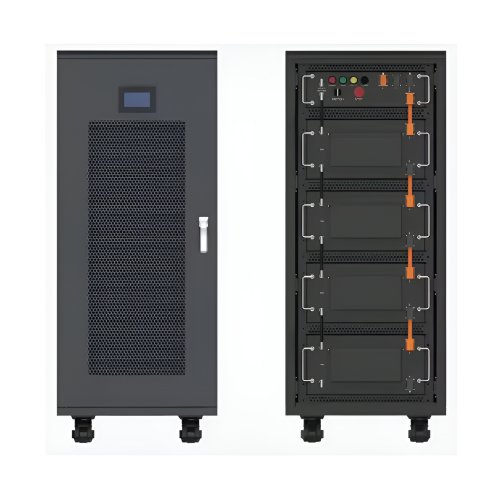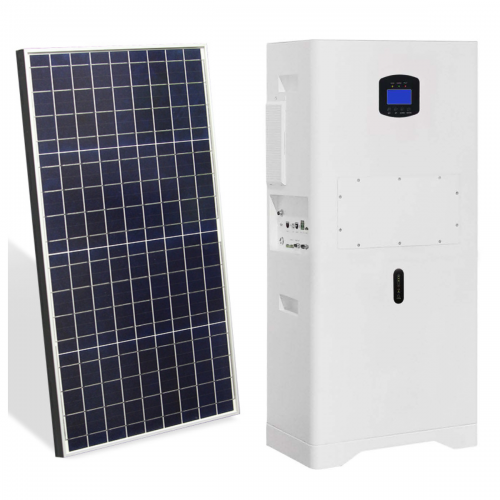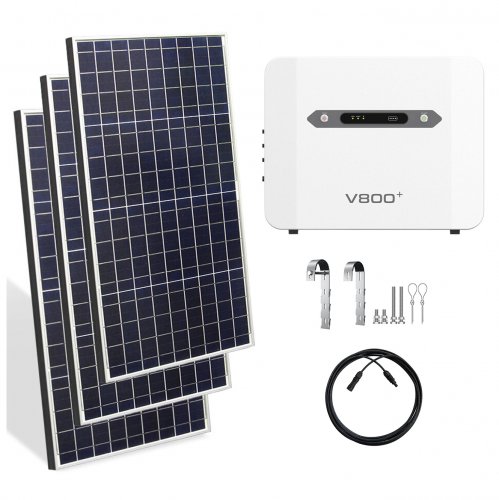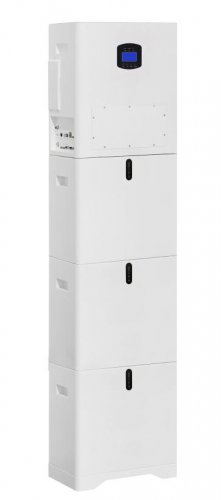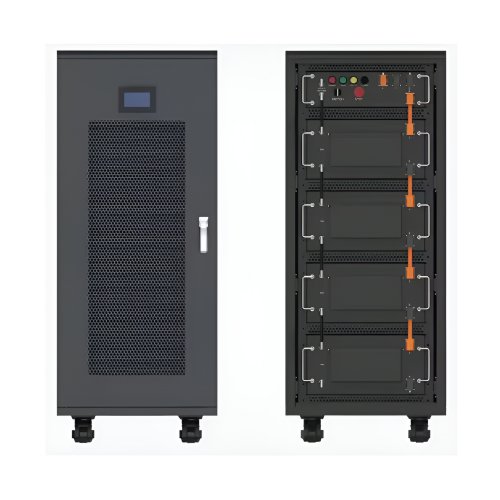How To Use Bms (battery Management System): A Practical Guide For Optimal Battery Performance And Safety
A Battery Management System (BMS) is the intelligent brain behind any modern battery pack, especially lithium-ion-based systems. It is a critical electronic circuit that monitors, manages, and protects rechargeable batteries to ensure they operate safely, efficiently, and have a long service life. Whether you're an electric vehicle owner, a DIY electronics enthusiast, or using a large-scale energy storage system, understanding how to properly use a BMS is paramount. This guide provides a comprehensive overview of its functions, detailed steps for use, and essential best practices.
Before diving into usage, it's important to know what a BMS does:
1. Monitoring: It continuously tracks key parameters like voltage of individual cells or groups, overall battery pack current, and temperature. 2. Protection: This is its primary safety role. The BMS protects the battery from operating outside its "Safe Operating Area" (SOA) by disconnecting it in cases of over-voltage, under-voltage, over-current, and short-circuit. 3. Cell Balancing: It ensures all cells in a series string are charged to the same voltage level. This prevents weak cells from being over-stressed and maximizes the pack's capacity and lifespan. 4. State Estimation: It calculates crucial metrics like State of Charge (SOC) - the "fuel gauge" - and State of Health (SOH), which indicates the battery's overall condition and aging. 5. Thermal Management: It can control cooling or heating systems to maintain the battery within an optimal temperature range. 6. Communication: Many BMS units provide data (voltage, SOC, errors) via communication protocols like UART, CAN bus, or Bluetooth to other devices (e.g., a vehicle's dashboard or a solar inverter).
Step 1: Selection and Pre-Installation Check Choosing the right BMS is the first step. It must match your battery's chemistry (e.g., Li-ion, LiFePO4), voltage (number of cells in series, e.g., 4S, 13S), and current requirements (continuous discharge/charge current). Always refer to the manufacturer's datasheet.Action: Verify the BMS specifications against your battery pack's parameters. Ensure the connectors and wire gauges are appropriate for the current.
Step 2: Wiring and Connection This is the most critical step. Incorrect wiring can instantly destroy the BMS and the battery.Action: Always connect the sense wires (the thin balance wires) first, in the correct order. Start from the main negative (B-) and connect each wire to the positive terminal of the next cell in the series chain, one by one. Double and triple-check the voltage at each connection point with a multimeter before proceeding. A mistake here can cause a short circuit.Action: After the balance harness is securely connected and verified, connect the main power leads: the P- (to the load/charger negative) and B- (to the battery pack negative). Finally, connect the P+ (to the load/charger positive) and B+ (from the battery pack positive).
Step 3: Initial Power-On and TestingAction: Before connecting a load or charger, measure the voltage between P- and P+. It should be very close to your battery pack's total voltage. If it's zero, the BMS may be in protection mode or disconnected due to a fault.Action: Use a small, known load (like a light bulb) to test discharge functionality. Then, use a compatible charger to test charging. Monitor the BMS behavior during these initial tests.
Step 4: Operational MonitoringAction: Regularly check the BMS data. If your BMS has a communication interface (Bluetooth, display), use it to monitor cell voltages, temperature, and SOC. Look for any significant voltage differences between cells (a sign poor balancing or a failing cell).
Step 5: Maintenance and TroubleshootingAction: Periodically perform a full balance cycle by charging the battery to 100% and allowing the BMS time to balance the cells (this can take hours once the main charging is complete).Action: If the BMS cuts off power, do not force it. First, check the readings to diagnose the issue (e.g., a single low-voltage cell, over-temperature).
1. Safety First: Always treat a high-capacity battery pack with respect. Wear safety glasses when working on connections. Work in a well-ventilated area and keep a Class D fire extinguisher nearby. 2. Understand the Limits: The BMS is a protector, not a performance enhancer. Do not consistently operate your system at the BMS's maximum current rating; this generates heat and stresses components. Leave a safety margin (e.g., use a 100A BMS for a 80A max continuous load). 3. Temperature is Key: Install the battery pack and BMS in a location where temperature is stable. Avoid direct sunlight or proximity to heat sources. The BMS's temperature sensors must have good thermal contact with the battery cells. 4. Quality Charger: Always use a high-quality charger that is specifically designed for your battery's chemistry and voltage. A faulty charger is a common cause of BMS failures and battery hazards. 5. Long-Term Storage: If storing a battery for a long period, set the BMS (if it has a sleep mode) or charge the battery to approximately 50-60% SOC. This is the most stable state for lithium-ion chemistry and minimizes aging. Store in a cool, dry place.
DO NOT reverse the polarity of the main power leads or balance wires. This will cause permanent damage.DO NOT expose the BMS to moisture or conductive debris.DO NOT bypass the BMS for any reason. Operating a battery without its protection system is extremely dangerous and dramatically increases the risk of fire.AVOID deep discharges. Even though the BMS will disconnect to prevent extreme under-voltage, regularly draining your battery to 0% SOC (as shown by the BMS) significantly shortens its life. Try to recharge before it gets too low.AVOID charging a battery that is below freezing (0°C / 32°F). Most BMS units have a low-temperature charge disconnect, but if yours doesn't, charging a frozen battery can cause permanent internal damage and plating of lithium, leading to failure.By following this guide, you can ensure that your BMS performs its role effectively, safeguarding your investment and ensuring you get the maximum performance and lifespan from your battery system while operating it safely. Always prioritize the manufacturer's specific instructions for your BMS model, as features and requirements can vary.
Customized/OEM/ODM Service
HomSolar Supports Lifepo4 battery pack customization/OEM/ODM service, welcome to contact us and tell us your needs.


HomSolar: Your One-stop LiFePO4 Battery Pack & ESS Solution Manufacturer
Our line of LiFePO4 (LFP) batteries offer a solution to demanding applications that require a lighter weight, longer life, and higher capacity battery. Features include advanced battery management systems (BMS), Bluetooth® communication and active intelligent monitoring.

Customised Lithium Iron Phosphate Battery Casing
ABS plastic housing, aluminium housing, stainless steel housing and iron housing are available, and can also be designed and customised according to your needs.

HomSolar Smart BMS
Intelligent Battery Management System for HomSolar Energy Storage System. Bluetooth, temperature sensor, LCD display, CAN interface, UART interface also available.


Terminals & Plugs Can Be Customized
A wide range of terminals and plugs can be customised to suit the application needs of your battery products.

Well-designed Solutions for Energy Storage Systems
We will design the perfect energy storage system solution according to your needs, so that you can easily solve the specific industry applications of battery products.



About Our Battery Cells
Our energy storage system products use brand new grade A LiFePO4 cells with a battery lifespan of more than 4,000 charge/discharge cycles.



Applications in Different Industries
We supply customized & OEM battery pack, assemble cells with wiring, fuse and plastic cover, all the cell wires connected to PCB plug or built BMS.
Applications: E-bike, Electric Scooter, Golf Carts, RV, Electric Wheelchair, Electric Tools, Robot Cleaner, Robot Sweeper, Solar Energy Storage System, Emergency Light, Solar Power Light, Medical Equipment, UPS Backup Power Supply.
We can provide you with customized services. We have the ability to provide a vertical supply chain, from single cells to pack/module and to a complete power solution with BMS, etc.


HomSolar (Shenzhen) Technology Co., Ltd







